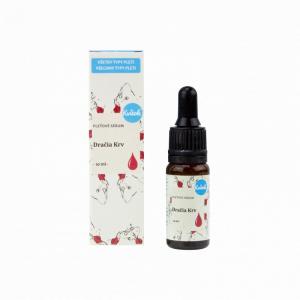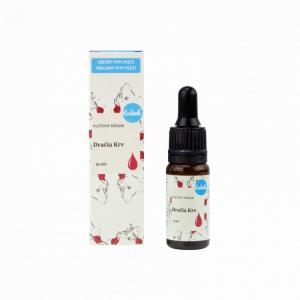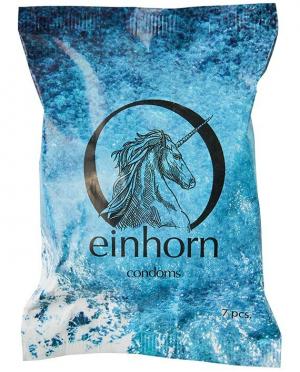Dragon's blood (Croton lechleri)
Other names: latex, Sangre de Drago, Croton, Drago, Dragon´s Blood, taspine, uksvavakiro, ginmunaji, shawan karo, kosamati, jat
Harm score: 1 (Natural substances)
Dragon's blood is first mentioned in a Latin herbe by the detailed Roman physician, Claudius Galen, who lived around 200 AD. It earned the name "dragon's blood" because of the color of its sap, which is copiously secreted in the form of a dark red sap when the cortex is disturbed. In addition to the plant itself, the powder from the wood and bark of certain species of trees is also known as 'dragon's blood' and was used as a dye or to wax furniture due to its distinctive colour. Other names for this plant include latex, Sangre de Drago, Croton, Drago, Dragon's Blood, taspine, uksvavakiro, ginmunaji, shawan karo, kosamati, jat.
It is now mainly used to produce ointments for wound healing because the bark contains taspine, an alkaloid that stimulates healing. But it also finds use in the cosmetic industry or as an ingredient in beverages. It was formerly used as a medicinal ingredient. Some cultures probably used it in rituals. On the market today we can find products such as shampoos, conditioners, anti-aging creams or skin care serums containing dragon blood. However, its beneficial effects on human health and beauty are still the subject of scientific studies and research.
Dragon's blood (Croton lechleri) can be found in the following products

Facial serum - Dragon's blood (10 ml) - healing and anti-aging action
Product detail
BIG condoms - Tyrannosaurus sex (7 pcs) - vegan without perfume
Product detail
STANDARD condoms - "Peaches" (7 pcs)
Product detail
Facial Serum - Dragon's Blood (30 ml) - healing and anti-aging action
Product detail
Lubricating and massage gel with green tea (150 ml) - vegan and fair trade
Product detail